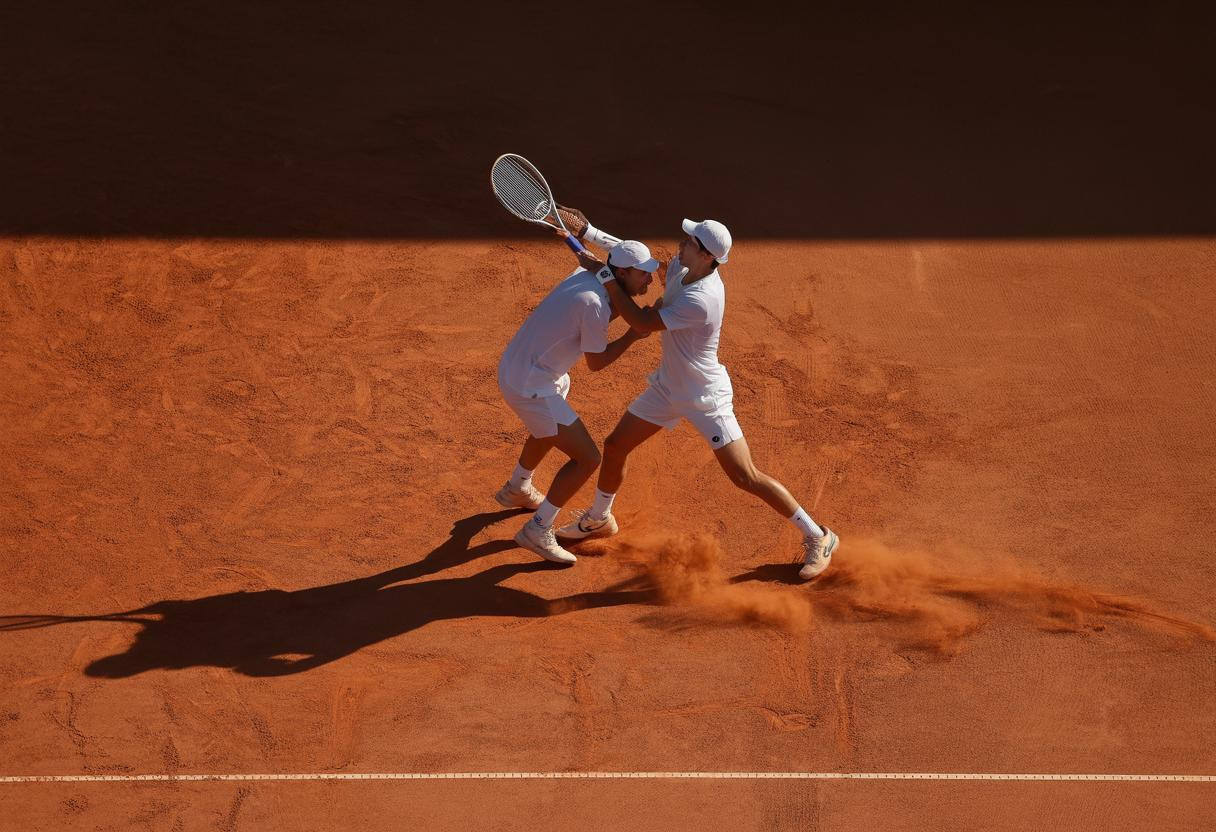The historic all-British third-round clash between Cameron Norrie and Jacob Fearnley at Roland Garros 2025 represents far more than a tennis match – it’s a defining moment that ends a 57-year drought and signals the emergence of a new era in British tennis excellence.
This remarkable encounter marks the first time since 1968 that British players have faced each other in the third round of a Grand Slam, creating unprecedented excitement among tennis enthusiasts worldwide. The matchup showcases how systematic investment in player development has transformed British tennis from sporadic individual success into sustained competitive depth.
The breakthrough that rewrites tennis history
British tennis has experienced a dramatic transformation in recent years, with 260 professional titles won in 2024 alone – a remarkable achievement that demonstrates the effectiveness of improved training infrastructure and strategic player development programs.
The Norrie-Fearnley showdown represents a generational shift that mirrors successful strategic team transformation without star players, showing how British tennis has evolved beyond dependence on individual superstars like Andy Murray to create sustainable competitive excellence.
Cameron Norrie, at 29, brings extensive Grand Slam experience and a career-high ranking of No. 8, while 24-year-old Jacob Fearnley represents the emerging generation benefiting from enhanced LTA development programs.
Why this match changes everything for British tennis
The psychological breakthrough factor
Norrie’s stunning upset victory over Daniil Medvedev earlier in the tournament demonstrates elite-level mental resilience under pressure. His ability to manage high-stakes situations gives him a significant psychological advantage in this unprecedented British clash.
However, managing competitive pressure requires more than experience alone. Modern sports psychology increasingly incorporates proven anxiety management techniques that help athletes perform optimally during crucial moments.
The tactical dynamics at play
Fearnley enters the match with slightly favorable betting odds despite Norrie’s higher ranking and experience. This suggests that tactical analysts recognize Fearnley’s aggressive playing style could exploit Norrie’s defensive baseline approach on clay courts.
The five-set format particularly favors younger players with superior stamina, potentially giving Fearnley an edge in extended rallies during the later stages of the match.
The institutional revolution behind the success
The LTA’s systematic approach to player development has created a pipeline of competitive talent that extends far beyond these two players. This institutional transformation demonstrates how organizations can turn challenges into opportunities.
Similar to how turning institutional challenges into competitive advantages requires strategic vision and sustained investment, British tennis has rebuilt its foundation through enhanced coaching programs, improved facilities, and comprehensive player support systems.
The results speak volumes: three British players reaching the third round simultaneously represents unprecedented depth in men’s tennis, suggesting this success is sustainable rather than coincidental.
What this means for the future
Regardless of who wins, this match establishes a new benchmark for British tennis ambitions. The winner will likely achieve a career-high ranking and inspire the next generation of players currently developing through improved training systems.
The broader implications extend beyond individual achievement. This historic encounter demonstrates that British tennis has successfully created the competitive infrastructure necessary for sustained Grand Slam success across multiple players simultaneously.
The lasting impact on tennis culture
This match represents a fundamental shift in expectations for British tennis. No longer will reaching Grand Slam later rounds be considered exceptional – it’s becoming the new standard for systematically developed British players.
The Norrie-Fearnley clash proves that strategic institutional investment, combined with innovative player development approaches, can transform competitive landscapes more effectively than relying solely on individual talent emergence.
